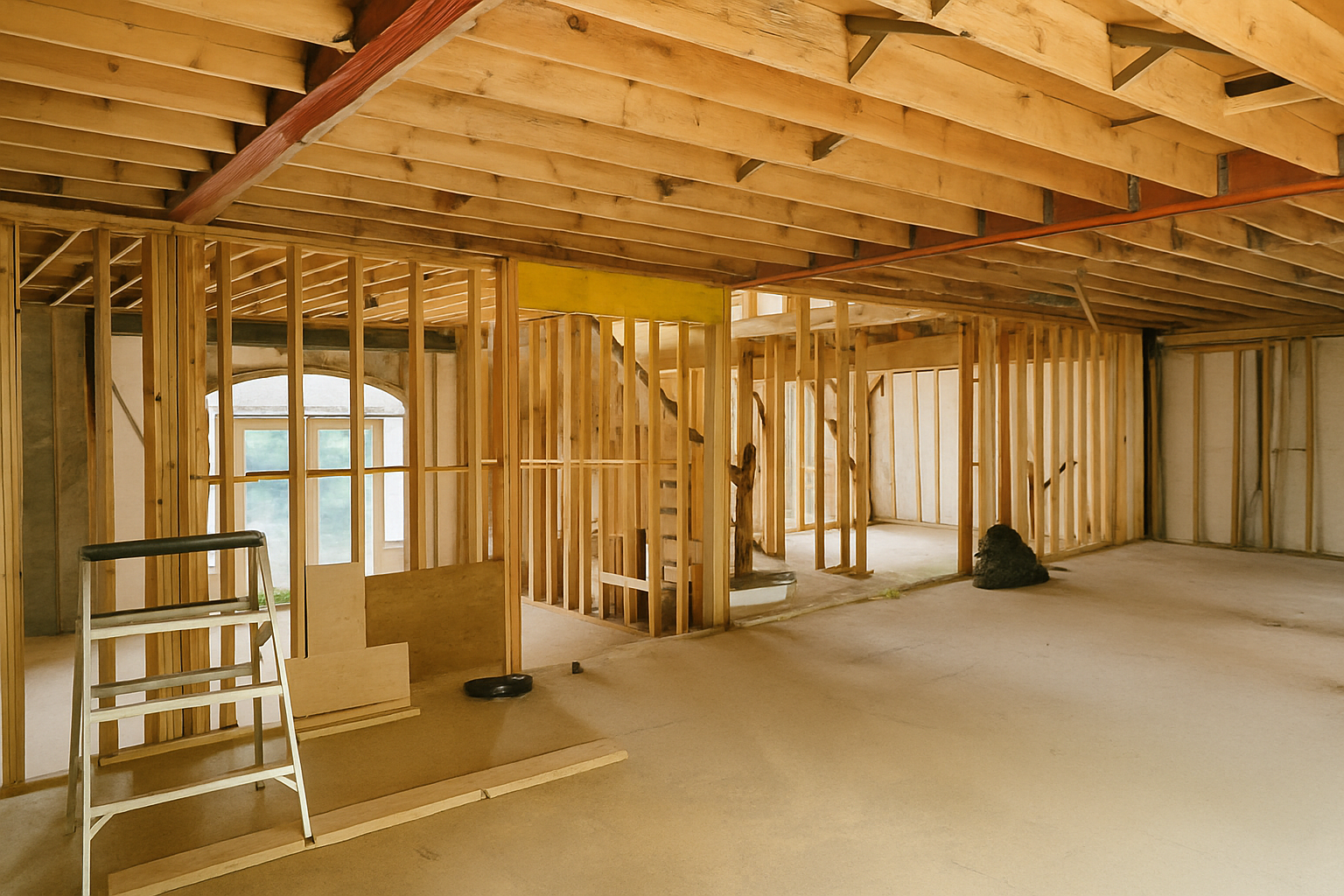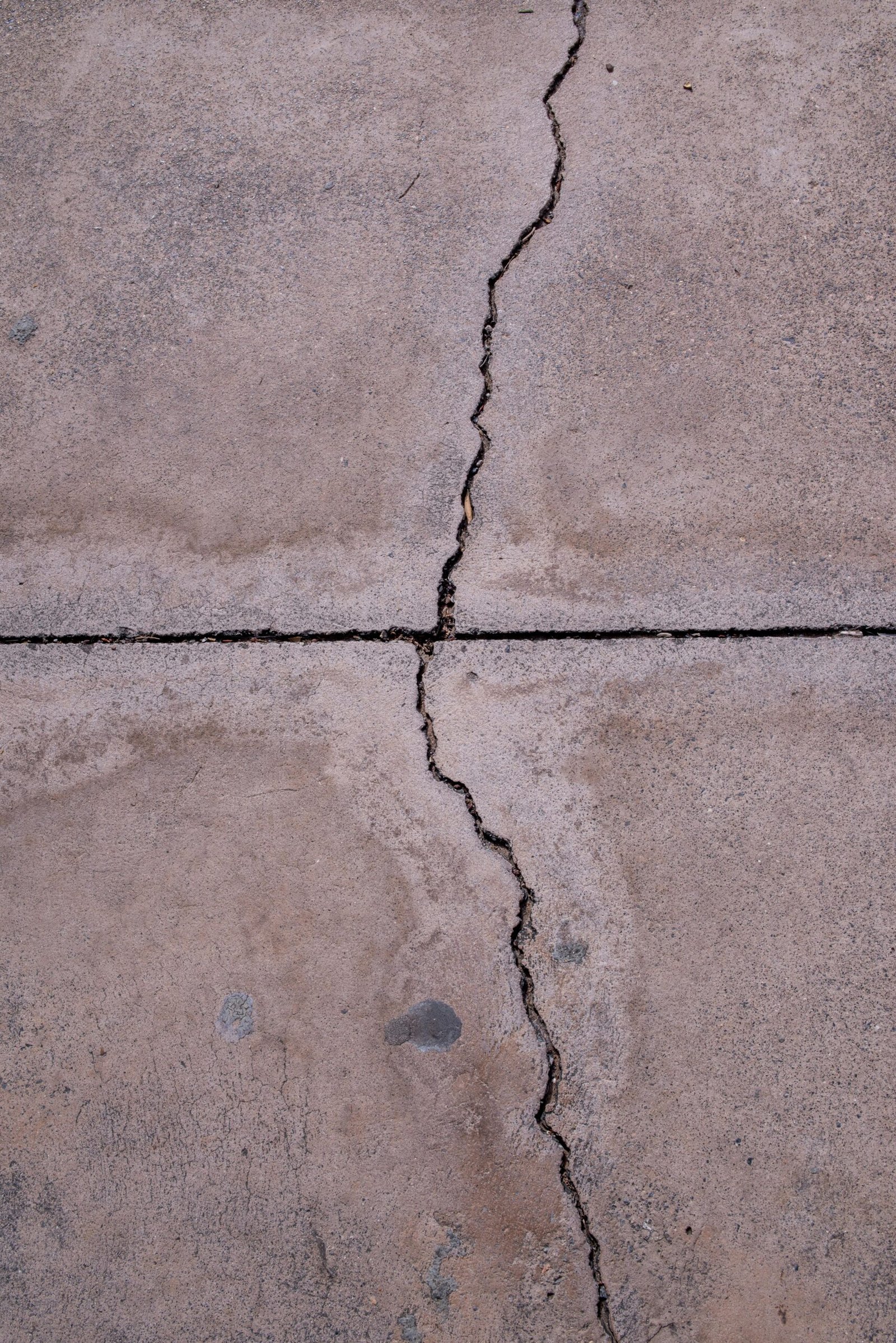As Ottawa faces accelerating climate pressures, rapid urban densification, and aging infrastructure, resilience is no longer an abstract goal – it is an engineering imperative. We explore how resilient design principles, adaptive systems, and cross-disciplinary engineering methods are shaping a future-proof capital, where infrastructure is built not just to endure stress, but to evolve under it.
Traditional engineering approaches once treated resilience as synonymous with strength – thicker concrete, deeper foundations, stronger materials. But true resilience in modern cities is not about resistance alone; it’s about adaptability.
When infrastructure systems can flex, reroute, and self-diagnose under stress, they transition from brittle to intelligent. In Ottawa, this means designing stormwater networks that absorb surge loads, bridges that sense structural fatigue, and transit corridors that evolve with commuter patterns.
Resilience, in this sense, is not passive endurance – it is active learning.
The modern design environment is defined by volatility. Extreme weather events, supply-chain instability, and demographic shifts challenge every long-term plan. Engineering resilience therefore requires designing for what we cannot predict.
At Ostan Engineering, simulation-driven modeling and probabilistic design methods replace static assumptions. Projects are evaluated under hundreds of stress scenarios – from one-in-a-hundred-year floods to sustained heat-wave events – ensuring that structural performance is validated not for what has happened, but for what might.
Future-proofing is not prophecy. It’s preparation.
A city’s strength lies in its weakest link. Roads depend on drainage systems; hospitals depend on reliable power; telecommunications depend on uninterrupted cooling. In Ottawa’s integrated urban ecosystem, resilience cannot be compartmentalized.
Cross-system coordination transforms redundancy into synergy:
- Stormwater and transit planning ensure mobility during extreme rainfall.
- Energy-efficient envelope design reduces thermal stress on grid systems.
- Smart monitoring infrastructure provides early alerts across multiple asset classes.
When resilience is networked, failure in one domain does not cascade into others – it’s contained, mitigated, and learned from.
Investing in resilience has measurable financial returns. A design that anticipates failure is one that prevents it – often at a fraction of the eventual repair cost.
Internal Ostan Engineering analyses indicate that adaptive, resilience-based design frameworks can reduce total lifecycle costs by up to 22% over 15 years through fewer emergency interventions and extended asset performance.
In economic terms, resilience is not an expense. It’s compound interest on foresight.
Resilience extends beyond structures; it encompasses the people who depend on them. Infrastructure designed in isolation from community realities risks technical success but social failure.
By integrating social impact modeling, accessibility analysis, and emergency-response coordination, engineers ensure that resilience is equitable, not exclusive. The goal is not merely to protect infrastructure from the city – but to protect the city through infrastructure.
Regulatory codes establish minimum safety margins, but they cannot anticipate every emerging risk. Resilient design demands that engineers move beyond compliance toward continuity – ensuring that systems function during disruption, not only after recovery.
Compliance asks: “Is it strong enough?”
Continuity asks: “Will it still operate when everything else stops working?”
Ottawa’s infrastructure must embody both.
Technology enables resilience, but culture sustains it. Engineering firms and municipalities must foster organizational habits that prioritize adaptability: transparent data-sharing, iterative post-event reviews, and cross-disciplinary dialogue between civil, mechanical, and environmental systems.
When resilience becomes a shared expectation rather than a specialized practice, every project – from culvert to community center – contributes to a safer, smarter, and longer-lasting city.
Future-proofing Ottawa is not about resisting change; it is about designing with it. Resilient engineering transforms uncertainty from a threat into a variable – one to be measured, modeled, and mastered.
A truly resilient city does not merely survive disruption; it learns, adapts, and improves because of it.
References
[1] Ostan Engineering, Beyond Compliance: Why Engineering Ethics Build Stronger Cities, Ottawa, ON, 2025.
[2] K. Denham, “Predictive Modeling in Canadian Municipal Infrastructure,” Journal of Civil Analytics, vol. 33, no. 2, pp. 54–62, 2023.
[3] City of Ottawa, Climate Adaptation Risk Assessment, Ottawa, ON, 2024.







